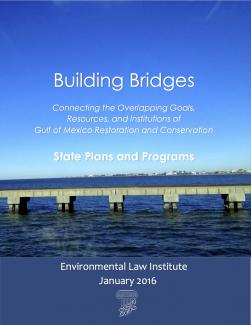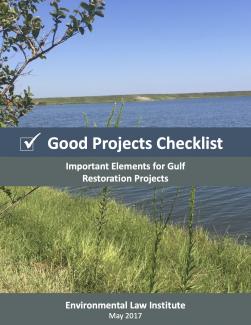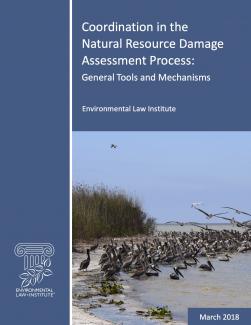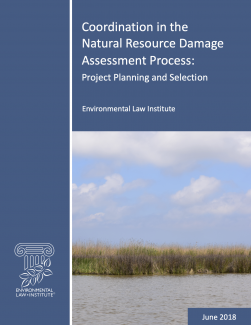Executive Summary of Building Bridges: Connecting the Overlapping Goals, Resources, and Institutions for Gulf of Mexico Restoration and Conservation (State Plans and Programs)
On April 20, 2010, a blowout occurred on the Deepwater Horizon drilling rig located off of the coast of Louisiana, triggering one of the worst oil spills in the nation’s history. Before the well was capped 87 days later, millions of barrels of oil would flow into the Gulf of Mexico. Nearly six years later, the economic and environmental impacts of the spill are still being determined. Several restoration and recovery processes have been initiated in order to address these impacts. Billions of dollars have already been obligated to these processes, and billions more are expected.



